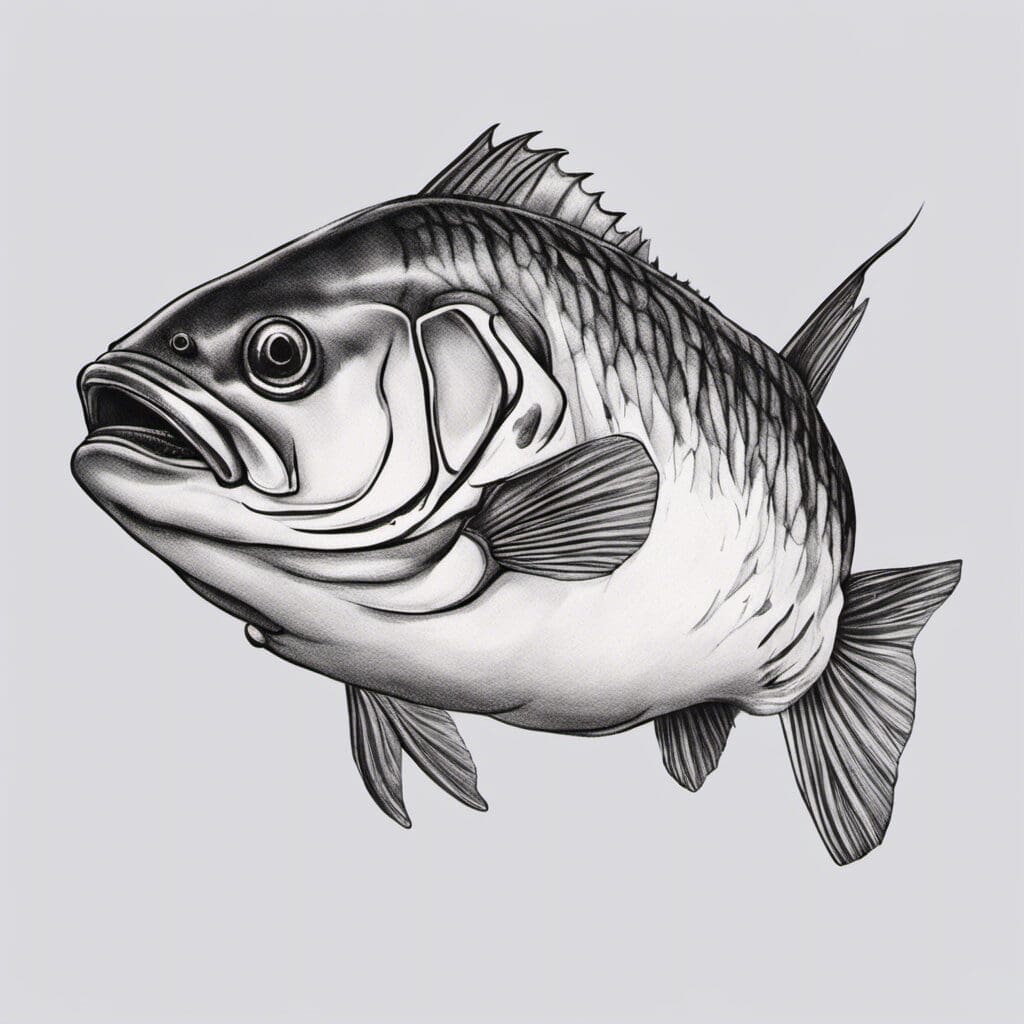Introduction
The White Sucker, scientifically known as Catostomus commersonii, is a fascinating species of freshwater fish that is part of the Catostomidae family.
Conservation Status
The White Sucker is currently listed as a species of “Least Concern” for conservation efforts per the International Union for Conservation of Nature (IUCN). The abundance and widespread distribution of this species make it less vulnerable to population decline. However, conservation efforts are still in place to manage and monitor potential threats.
Statistics
| Average Length | Average Weight | Average Lifespan |
|---|---|---|
| 40-51 cm | 0.5-1.5 kg | 10-20 years |
| Length Range | Weight Range | Max Recorded Lifespan |
| 15-76 cm | 0.3-3 kg | 27 years |
Distribution
The White Sucker is mainly found in North America, covering regions from northern Canada to southern United States. This fish species tends to migrate upstream during the spawning season which usually happens in early spring or late fall.
Habitats
The White Sucker is primarily a freshwater fish that can live within a wide range of temperature, from 1°C to 30°C, and depths from shallow streams to deep lakes.
When and Where to See
The best time to see White Suckers are during their spawning runs in the spring or fall, usually during the day. They can often be found around gravelly or rocky areas of fast-moving water bodies.
Best Fishing Locations
White suckers can be found in most freshwater habitats, but some specific locations include the Great Lakes region, the Mississippi River, and the Hudson Bay. If a specific location isn’t known, finding areas with fast, clear-running water, and rocky bottoms can yield good results.
How to Catch
They can be caught using a variety of baits or lures, including worms and minnows. These fish are usually caught by still fishing or bottom fishing techniques. Fishing in early spring or fall can often produce great results.
Identification Guide
White Suckers are characterized by their silver color, slim body shape, and small, round mouth located towards the bottom of their head. It can be differentiated from similar species by the presence of a single dorsal fin, and its round, sucker-like mouth.
Culinary
White Suckers are often used in a variety of dishes. It has a mild and sweet flavor and is a good source of protein and Omega-3 fats. Recipes are numerous, ranging from broiling to frying or even pickling the fish.
Additional Information
White Suckers have an interesting feeding habit where they use their sucker-like mouths to eat small organisms and particles from the bottom. Natural predators include larger fish and certain water birds. Human-induced threats include habitat destruction and pollution.
References and Further Reading
- Fishes of the Great Lakes Region, Carl and Laura Hubbs
- Fishbase - Catostomus commersonii

